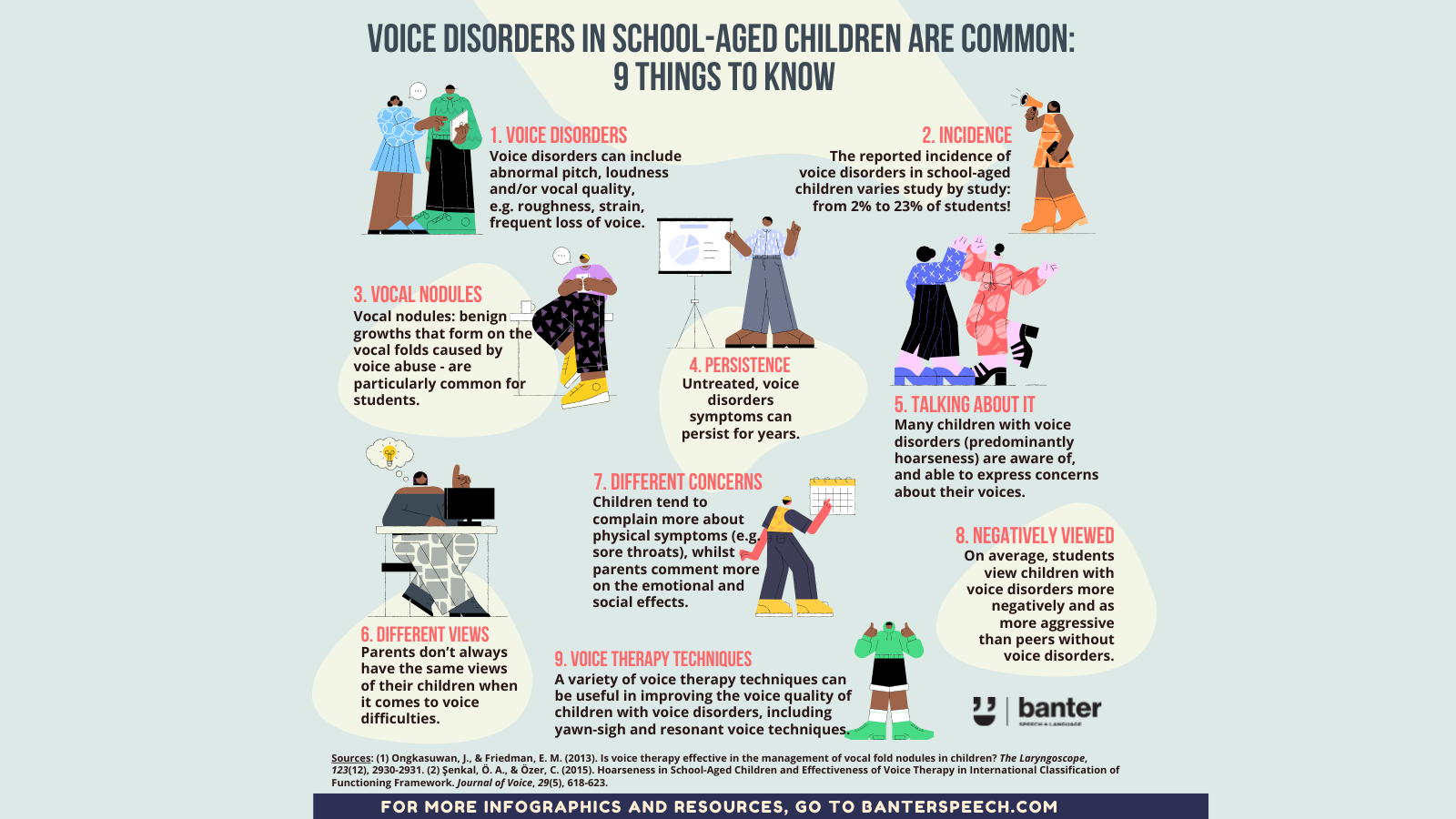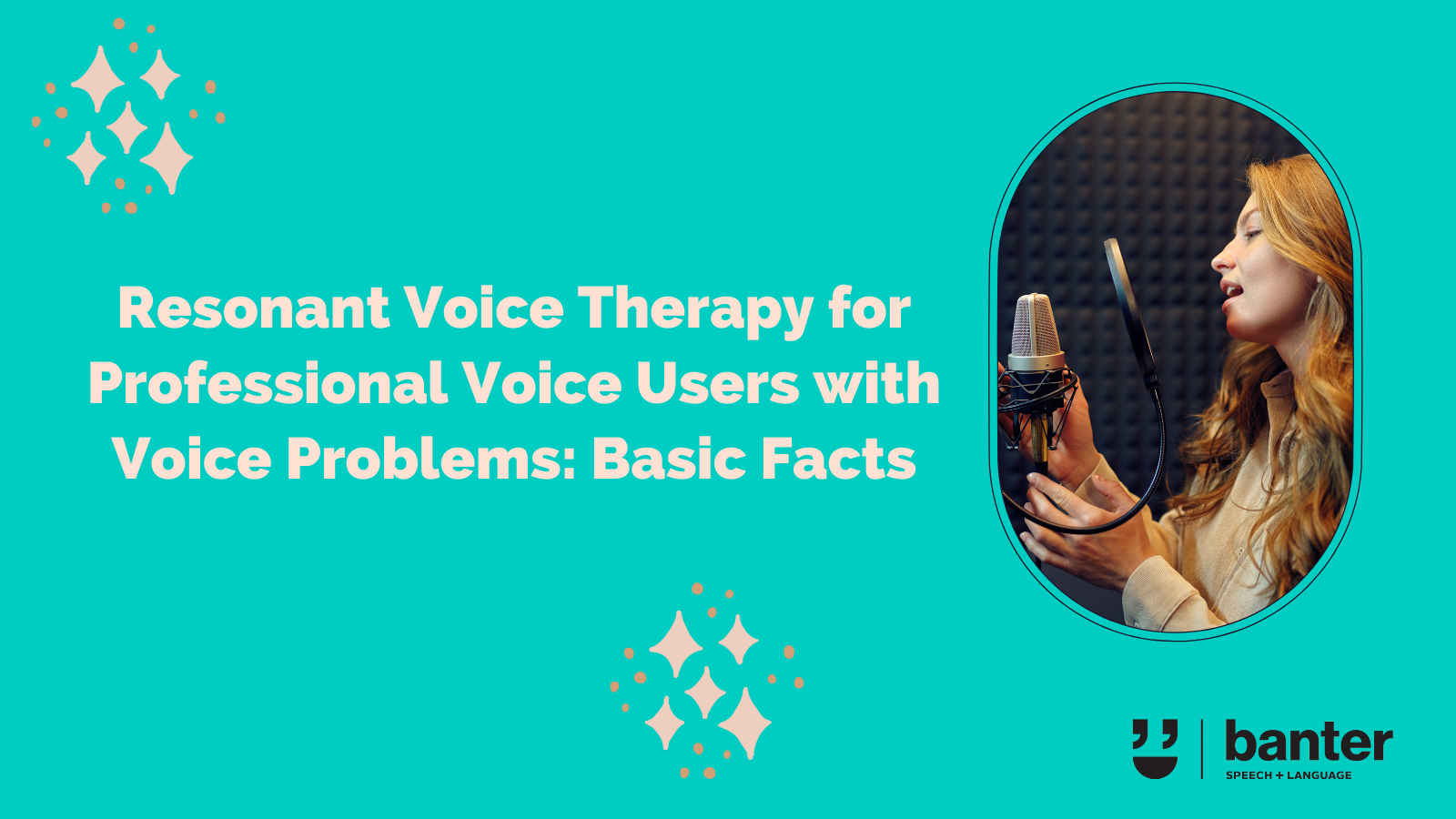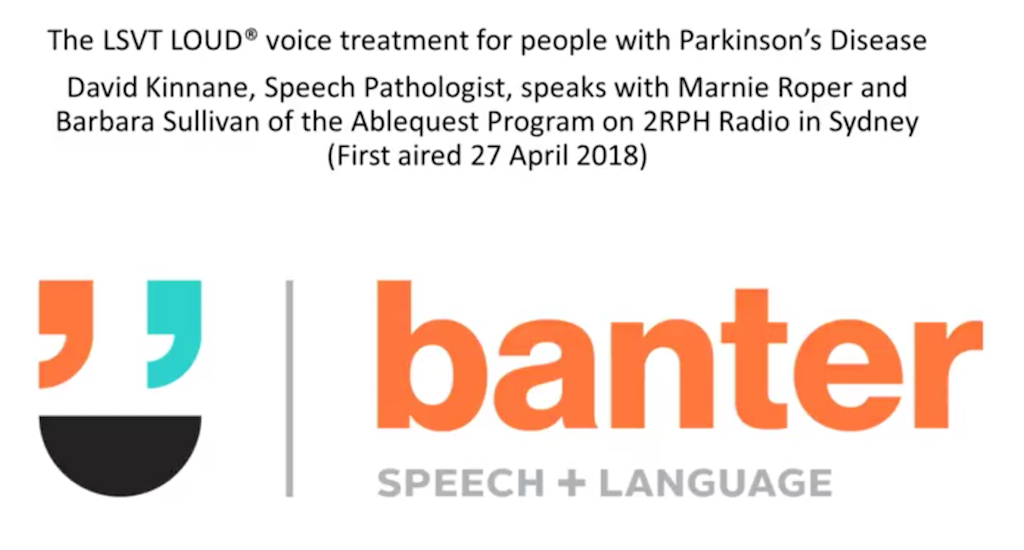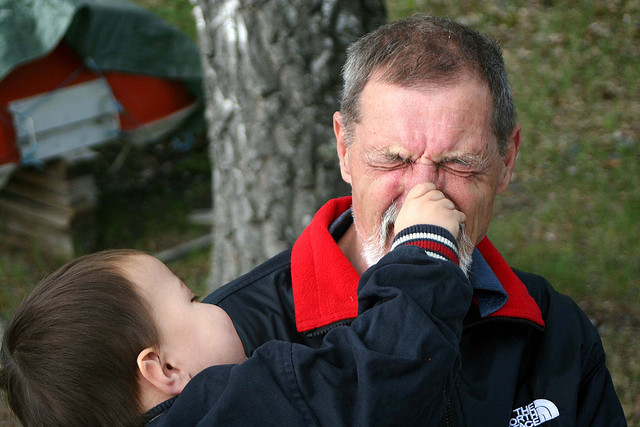Voice disorders in school-aged children are common: 9 things to know
Voice disorders can include abnormal pitch, loudness and/or vocal quality, e.g. roughness, strain, frequent loss of voice.
The reported incidence of voice disorders in school-aged children varies study by study: from 2% to 23% of students!
Vocal nodules – benign growths that form on the vocal folds caused by voice abuse – are particularly common for students.
Untreated, voice disorders symptoms can persist for years.
Many children with voice disorders (predominantly hoarseness) are aware of, and able to express concerns about their voices.
Parents don’t always have the same views of their children when it comes to voice difficulties.
Children tend to complain more about physical symptoms (e.g. sore throats), whilst parents comment more on the emotional and social effects.
On average, students view children with voice disorders more negatively and as more aggressive than peers without voice disorders.
A variety of voice therapy techniques can be useful in improving the voice quality of children with voice disorders, including yawn-sigh and resonant voice techniques.
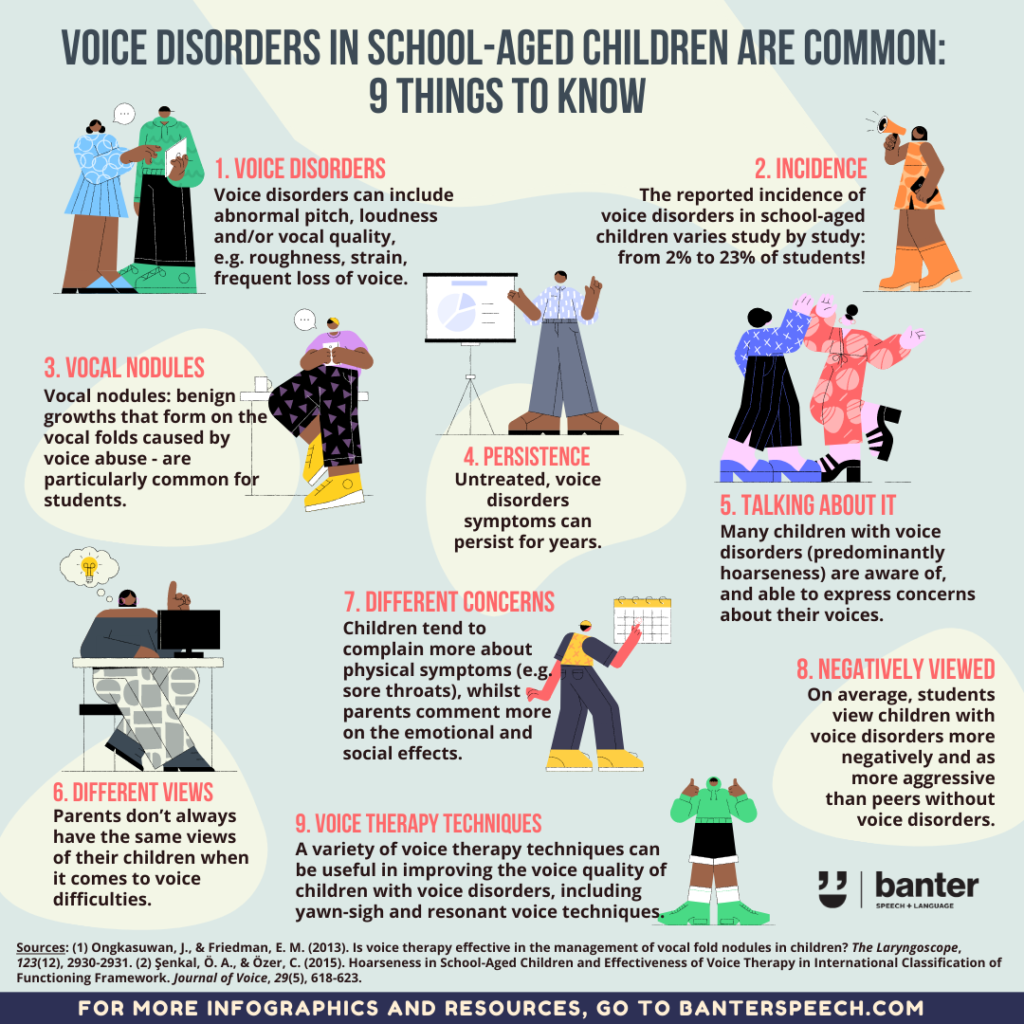
Sources:
- Ongkasuwan, J., & Friedman, E. M. (2013). Is voice therapy effective in the management of vocal fold nodules in children? The Laryngoscope, 123(12), 2930-2931.
- Şenkal, Ö. A., & Özer, C. (2015). Hoarseness in School-Aged Children and Effectiveness of Voice Therapy in International Classification of Functioning Framework. Journal of Voice, 29(5), 618-623.
Related articles:
- My child has a voice problem. So what?
- Indirect voice therapy: 10 practical things you can do to help your child achieve and keep a healthy voice
- Voice therapy for kids who like to talk and talk. When “vocal rest” isn’t an option.
- Child voice therapy – an introduction

Hi there, I’m David Kinnane.
Principal Speech Pathologist, Banter Speech & Language
Our talented team of certified practising speech pathologists provide unhurried, personalised and evidence-based speech pathology care to children and adults in the Inner West of Sydney and beyond, both in our clinic and via telehealth.

